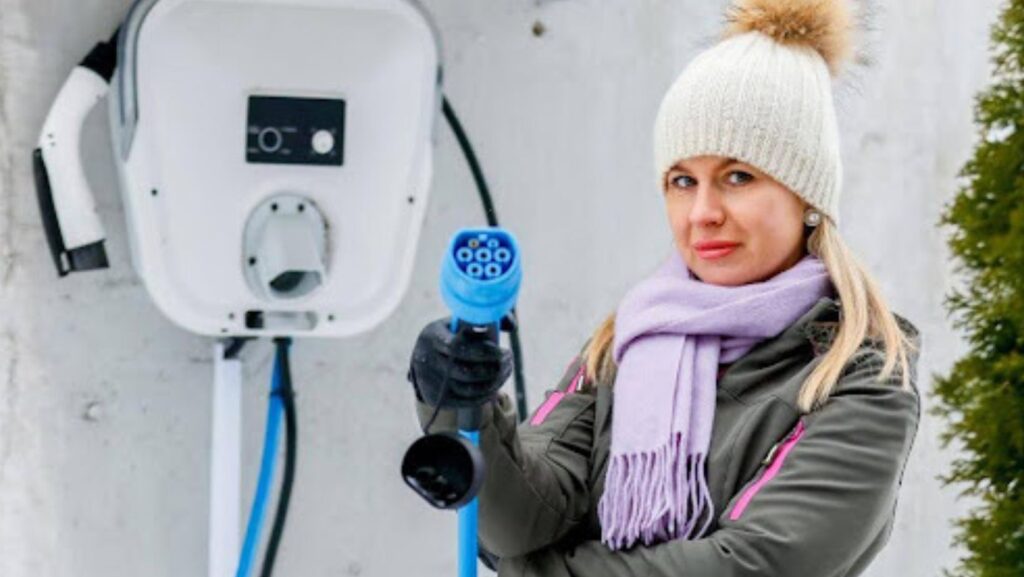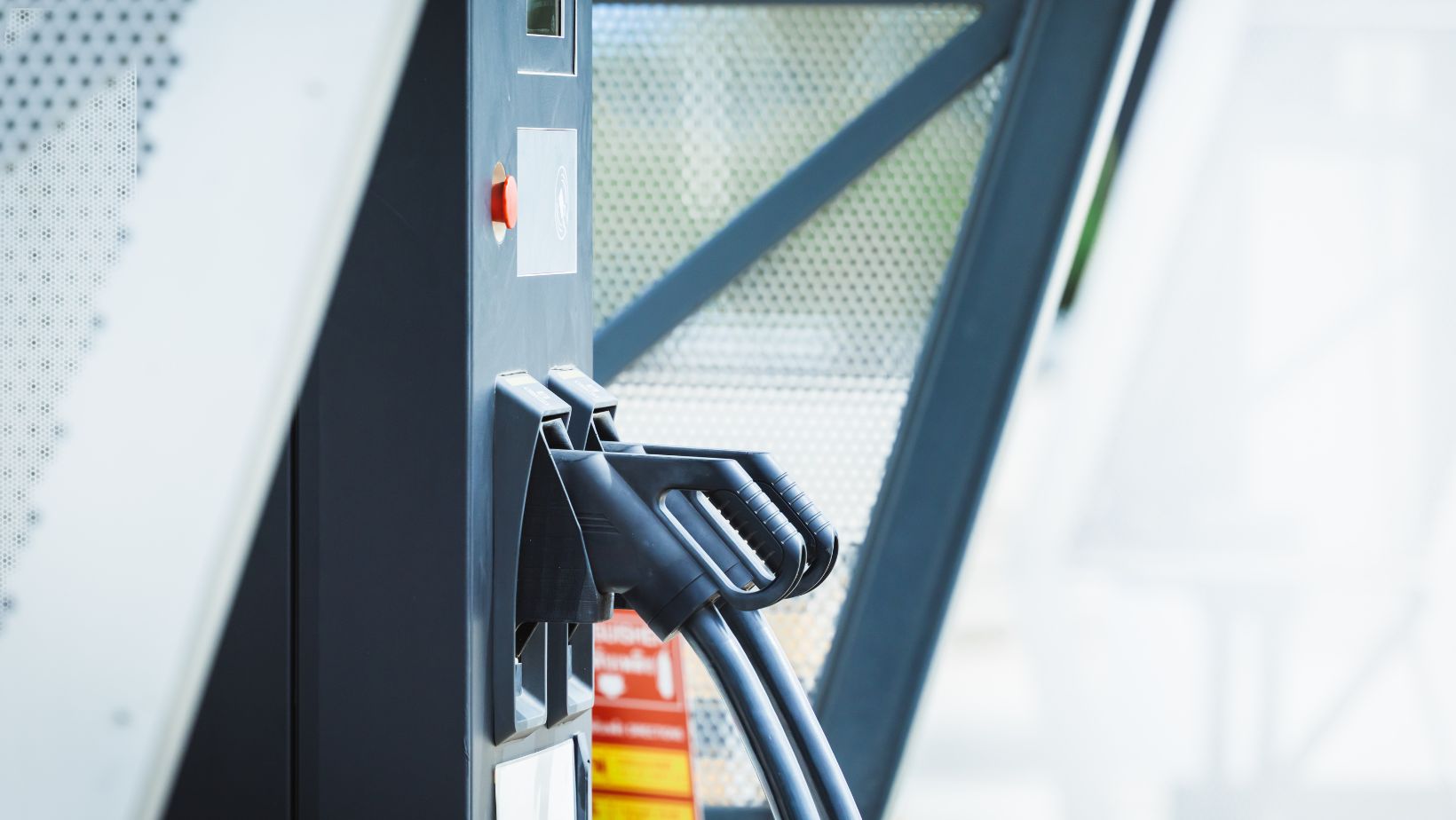
When winter arrives in Québec, electric vehicle owners face a unique challenge: keeping their EVs charged efficiently and reliably in extreme cold. Subzero temperatures can slow down charging speeds, reduce battery range, and complicate outdoor charging. For homeowners, getting your charging setup ready for the harsh season is not just about convenience; it’s about protecting your investment and ensuring peace of mind when the snow falls.
Here’s how you can winter-proof your EV charging to ensure it works well, regardless of how low the temperature drops.
The Impact of Cold on Charging and Battery Health
Cold weather has a direct impact on electric vehicle batteries. When temperatures drop, the chemical reactions inside the battery slow down. This means your EV may take much longer to charge, and the range you get from a full battery will often decrease. Studies show that cold weather can cut EV range by as much as a third.
Drivers also notice that their vehicles draw more power for heating, including warming the cabin, defrosting windows, and even preheating the battery. All of this means that less energy is spent on driving. Understanding this limitation helps set realistic expectations. Charging in winter won’t feel the same as in July, but with the right setup, you can keep things running smoothly.
Choosing the Right Installation Location
One of the most critical decisions for a home charger is determining the best location for it. Installing in a garage is always ideal, even if the garage isn’t heated. Simply shielding your vehicle and charger from wind and snow makes a noticeable difference in charging performance.

For homes without indoor parking, outdoor charging remains an option. The key is to provide shelter. Installing your charger under an awning, roof extension, or protective enclosure will keep it free from snow and freezing rain. Chargers designed for cold climates have durable housings and can operate reliably at very low temperatures, but minimizing exposure will always improve their lifespan.
Protective Equipment and Wiring for Winter Durability
The choice of equipment and wiring materials is crucial to how well your charger withstands Québec winters. Standard plastic insulation on cables can become brittle in freezing temperatures, leading to cracks or breaks over time. Investing in cold-resistant cabling designed for low temperatures is a worthwhile investment.
Similarly, the charger itself should be housed in a weatherproof enclosure rated for moisture and ice resistance. Homeowners seeking extra reliability may opt for chargers equipped with built-in heating elements or smart temperature controls. Proper grounding and surge protection are also important, as winter storms can cause voltage fluctuations. With the right setup, your charging system will be designed to withstand years of freezing temperatures without issue.
Maintenance and Safe Use During Winter
Owning an EV in Québec’s winter means adopting habits that optimize your charger and battery. One of the best practices is to precondition your vehicle while it’s still plugged in. This warms the battery and cabin using grid power instead of draining stored energy. Preheating before you leave can save range and reduce charging time afterward.
It’s also helpful to plug in regularly rather than waiting until the battery is nearly empty. Keeping the charge level between 20 and 80 percent ensures there’s always enough power for unexpected trips, even if charging slows down in cold weather. Take time to clear ice and snow from both the charging port and the cable before connecting. This prevents moisture from entering the contacts and reduces unnecessary wear on the equipment.
Finally, check your charging cable regularly. If you see stiff spots or visible cracks, it may be time to replace it to avoid further issues. These small checks can help keep your system safe and reliable throughout the season.
Why Work With a Local Expert Like E3 Électricité
Winter-proofing an EV charging system can feel overwhelming if you do it alone. That’s why working with an experienced team like ours is beneficial. We understand the realities of Québec winters and know which chargers, wiring materials, and installation techniques work well in the cold. We carefully evaluate your electrical panel to ensure it can support a new charger, suggest protective enclosures or placement strategies for outdoor setups, and make sure all wiring meets Québec’s electrical code.
We also handle permits, inspections, and long-term maintenance, so you can be confident that your system is not only functional but also built to last through many winters. By choosing to work with us, you save time, avoid costly mistakes, and get a charging setup that’s reliable, efficient, and ready for whatever the season brings.
Conclusion
Charging an electric vehicle in winter doesn’t have to be a frustrating experience. By understanding how cold temperatures impact batteries, installing your charger in the optimal location, selecting equipment designed for harsh weather conditions, and adhering to proper maintenance practices, you can keep your EV reliable throughout the entire season. With the support of a professional installer, your charging setup can be customized to meet your needs and address the unique challenges of Québec’s climate.
If prepared correctly, your EV will be just as ready for winter as you are.



